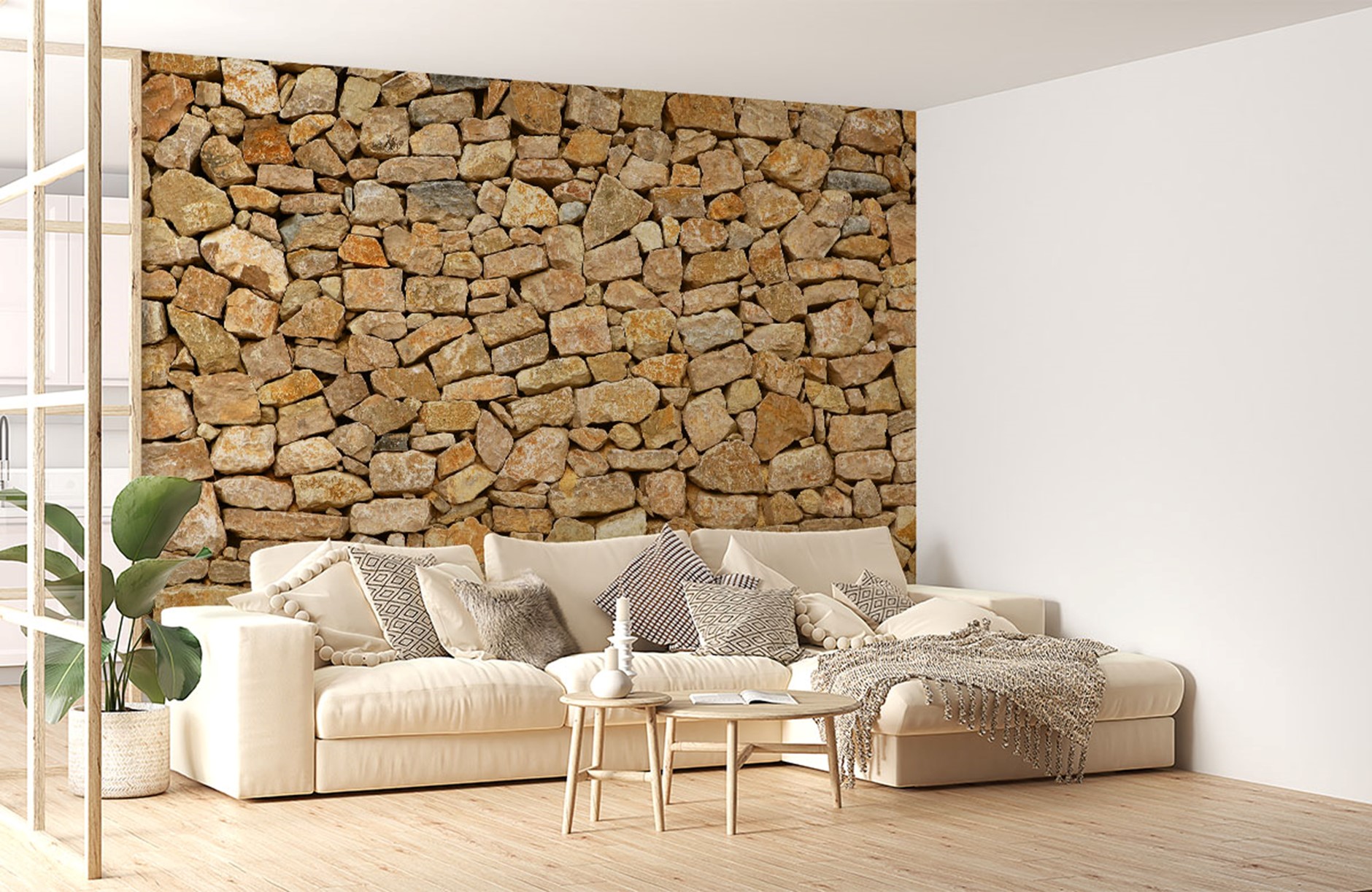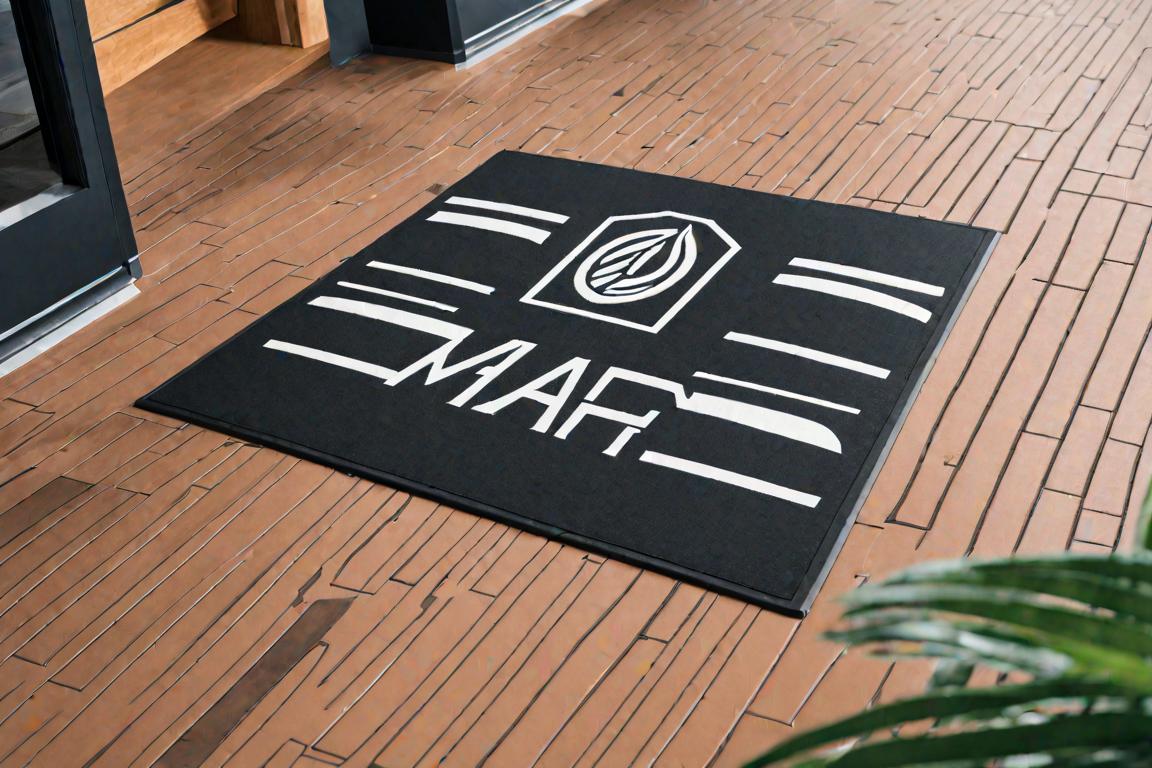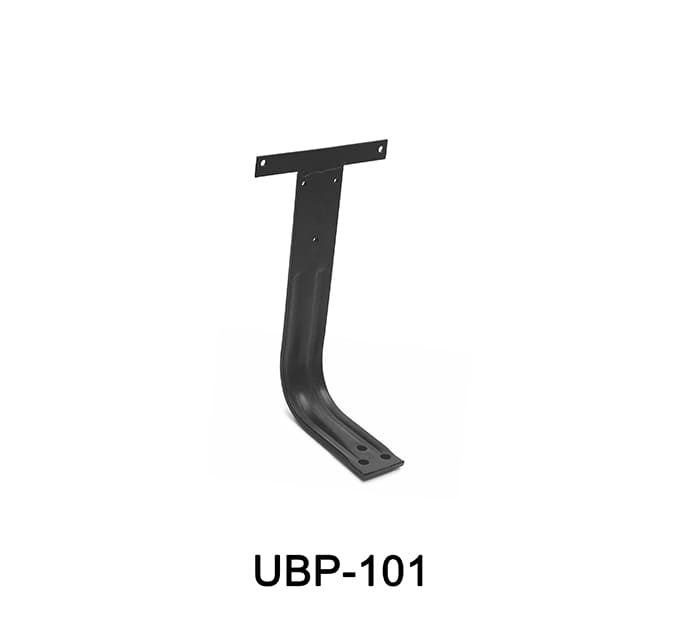Choosing the Perfect Engineered Wood Flooring: Engineered Wood vs. Solid Wood

Choosing the Perfect Engineered Wood Flooring: Engineered Wood vs. Solid Wood
When it comes to enhancing the aesthetics of your space, nothing compares to the timeless charm of wood flooring. The warmth, character, and durability of wood make it a popular choice for homes and businesses alike. In this comprehensive guide, we will explore the key differences between engineered wood flooring, solid wood flooring, and the elegant herringbone wood flooring pattern. We’ll help you make an informed choice that suits your style, needs, and budget.
Engineered Wood Flooring: Versatility Meets Durability
Engineered Wood Flooring: An Overview
Engineered wood flooring is a versatile and increasingly popular choice among homeowners and designers. It offers the beauty of real wood along with enhanced durability.
1. Composition and Construction
Engineered wood flooring is constructed with multiple layers of wood. The top layer, also known as the veneer or wear layer, is made from real hardwood. Underneath are layers of plywood or high-density fiberboard (HDF). This layered structure enhances the floor’s strength and resistance to moisture.
2. Durability and Stability
Engineered wood flooring is designed to withstand temperature and humidity fluctuations. The layers counteract the natural expansion and contraction of wood, making it a more stable option, particularly for areas with varying climate conditions.
3. Installation Options
Engineered wood floor can be installed as floating floors, glued-down, or nailed-down, giving you flexibility in how you want to install them.
Solid Oak Wood Flooring: Timeless Elegance
Solid Oak Wood Floor: A Classic Choice
Solid Oak wood floor is the epitome of elegance and tradition, known for its timeless appeal and undeniable charm.
1. 100% Hardwood
Unlike engineered wood, solid Oak wood floor is made entirely of real wood. It is cut from a single piece of timber, offering a sense of authenticity and natural beauty.
2. Aesthetic Versatility
Solid wood floors can be sanded and refinished multiple times, allowing you to change the appearance of your floor if desired. The variety of wood species, colours, and finishes offers an array of design possibilities.
3. Natural Warmth
The solid wood’s thermal properties make it feel warm underfoot, creating a cosy and inviting atmosphere in your space.
Engineered Wood vs. Solid Wood: A Comparison
Engineered Wood vs. Solid Wood: Weighing the Pros and Cons
To make an informed choice between engineered and solid wood flooring, it’s essential to consider the advantages and disadvantages of each.
1. Stability and Moisture Resistance
Engineered wood: Resistant to moisture and temperature fluctuations, making it suitable for all areas of your home, including bathrooms and basements.
Solid wood: More susceptible to moisture, so it’s best suited for dry areas like living rooms and bedrooms.
2. Installation Flexibility
Engineered wood: Multiple installation methods, including floating, glue-down, or nail-down, provide installation flexibility.
Solid wood: Typically installed with nail-down or staple-down methods.
3. Aesthetic Potential
Engineered wood: Offers various wood species, styles, and finishes, allowing you to achieve your desired look.
Solid wood: Provides unparalleled authenticity, with the option to sand and refinish the floor to change its appearance.
4. Longevity and Maintenance
Engineered wood: While it can last for many years, the number of times it can be sanded and refinished is limited by the thickness of the veneer layer.
Solid wood: Can be sanded and refinished numerous times, potentially extending its lifespan for generations.
5. Cost Considerations
Engineered wood: Generally more budget-friendly, making it an attractive option for those seeking the look of real wood without the premium price.
Solid wood: Often considered a more significant investment due to its natural beauty and longevity.
Herringbone Wood Flooring: A Timeless Pattern
Herringbone Wood Flooring: A Design Classic
The herringbone pattern is a timeless and elegant design that can be achieved with both engineered and solid wood flooring.
1. Versatility
The herringbone pattern works well in various interior design styles, from traditional to contemporary.
2. Classic Elegance
Herringbone adds a touch of classic elegance and sophistication to your space, making it a popular choice for upscale homes and businesses.
3. Installation Challenges
Installing herringbone wood flooring can be more complex than standard installations due to the precise alignment of the planks. Professional installation is often recommended to achieve the desired look.
V. Conclusion: The Perfect Wood Flooring for Your Space
In conclusion, the choice between engineered wood flooring, solid wood flooring, and the elegant herringbone wood flooring pattern ultimately depends on your specific needs, style preferences, and budget. Engineered wood offers enhanced stability and moisture resistance, making it suitable for a wider range of spaces. Solid wood provides unmatched authenticity and the potential for a timeless look that can last for generations.
Herringbone wood flooring, whether in engineered or solid wood, adds a touch of classic elegance to your space. The key is to weigh the pros and cons of each type of wood flooring to determine the best fit for your home or business. With the right choice, you can enhance the beauty, warmth, and character of your space for years to come.





